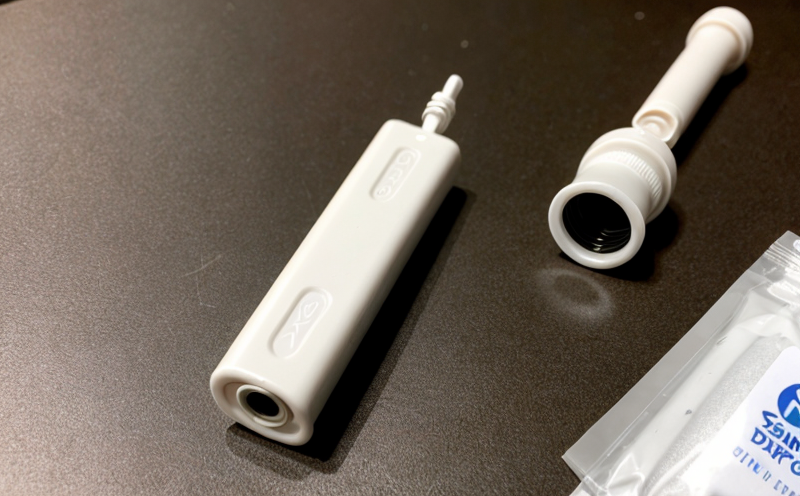Guidewire Coating Integrity Testing
The integrity of guidewire coating is a critical aspect in medical device testing. This ensures that the guidewire remains functional and safe for use during angiography, stent placement, or other vascular interventions. The coating plays a significant role by providing lubricity to reduce friction within blood vessels and protecting against corrosion.
Guidewires are composed of various materials such as stainless steel, nitinol, or cobalt-chromium alloys, which may be coated with polymers like PTFE (polytetrafluoroethylene), silicone, or other biocompatible substances. These coatings not only enhance the performance but also increase patient safety by preventing infections and ensuring compatibility within the body.
The testing of guidewire coating integrity is essential to ensure that the device meets regulatory requirements and performs as intended under real-world conditions. This involves assessing several key parameters including adhesion strength, permeability, abrasion resistance, and flexibility. Adhering to international standards such as ISO 10993-4 for biocompatibility testing ensures a high level of safety.
During the test, guidewires are subjected to various mechanical stresses that simulate the conditions they will encounter during use. This includes bending, twisting, and pulling forces designed to mimic the actions performed by interventional cardiologists or surgeons. By subjecting these devices to such tests, manufacturers can identify any potential weaknesses in the coating before it reaches clinical use.
After mechanical testing, permeability tests are conducted using different solvents and liquids commonly encountered during medical procedures. These tests help determine whether there is leakage through the coating which could lead to undesirable effects on patient health. Additionally, abrasion resistance tests assess how well the coating withstands wear over time without compromising its integrity.
Flexibility tests further evaluate the flexibility of both the guidewire core and its coated layer under varying temperatures and bending radii. Flexibility is crucial for ensuring that the guidewire can navigate complex anatomical structures safely and efficiently during procedures.
- Why Choose This Test: Ensures compliance with regulatory standards, enhances patient safety, and improves overall product quality.
- International Acceptance and Recognition: Adherence to global standards like ISO 10993-4 guarantees consistent performance across different markets worldwide.





